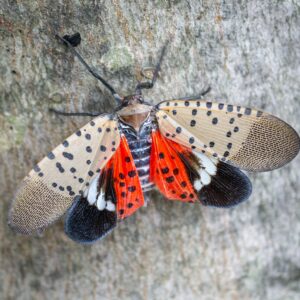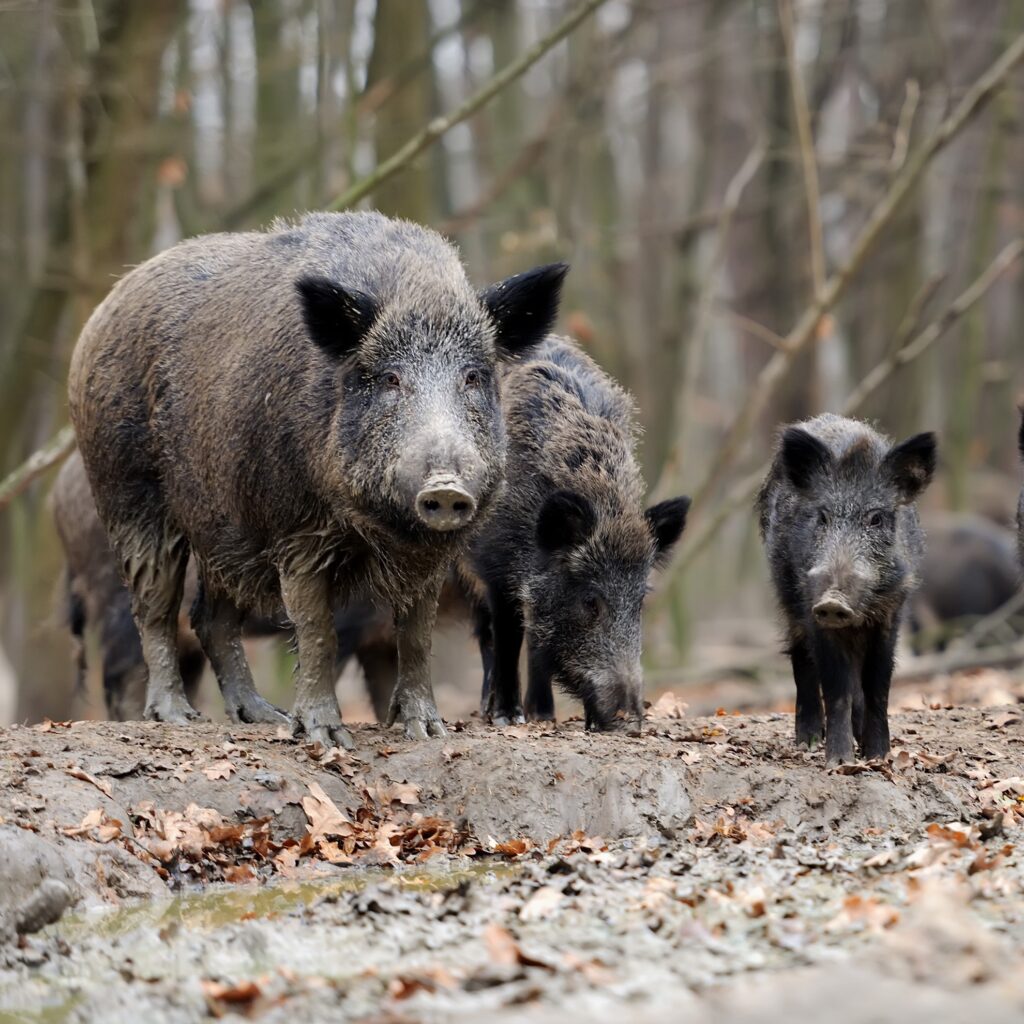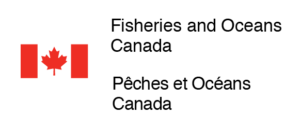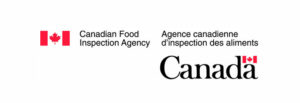Reporting invasive species supports early detection and response, which are key to preventing the spread of invasive species, increasing the likelihood that localized invasive populations will be found, contained and eradicated before they become widely established and expensive to control.
Have you seen me?
Invasive species pictured below are considered “high alert” for Canada. Click the image to learn more and to report sightings.


Report any other species sightings using the resources below:
Reporting Tools
All of Canada
Alberta
British Columbia
Manitoba
New Brunswick
Northwest Territories
Nova Scotia
Nunavut
Ontario
Prince Edward Island
Saskatchewan
Yukon
Back to topReport Federally Regulated Species
For information and reporting federally regulated invasive species in Canada, see below:
Back to top


